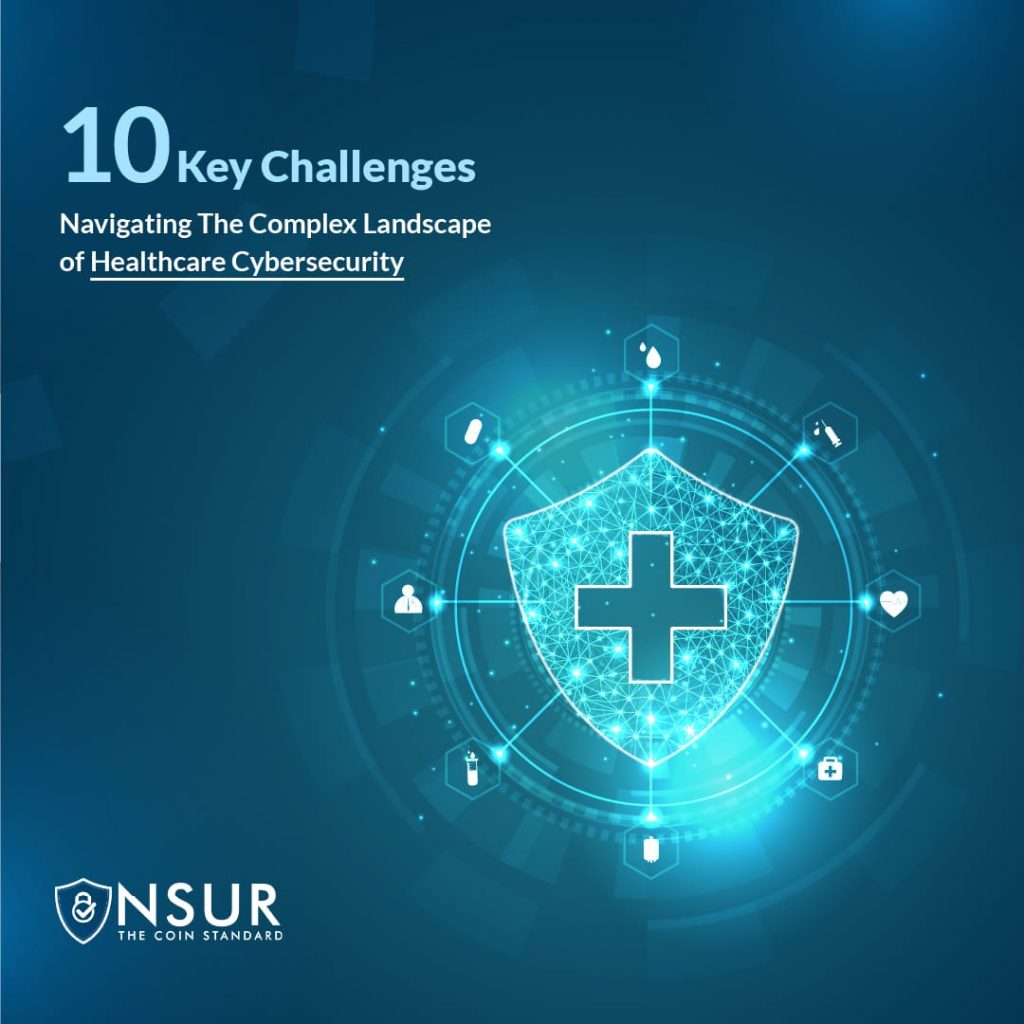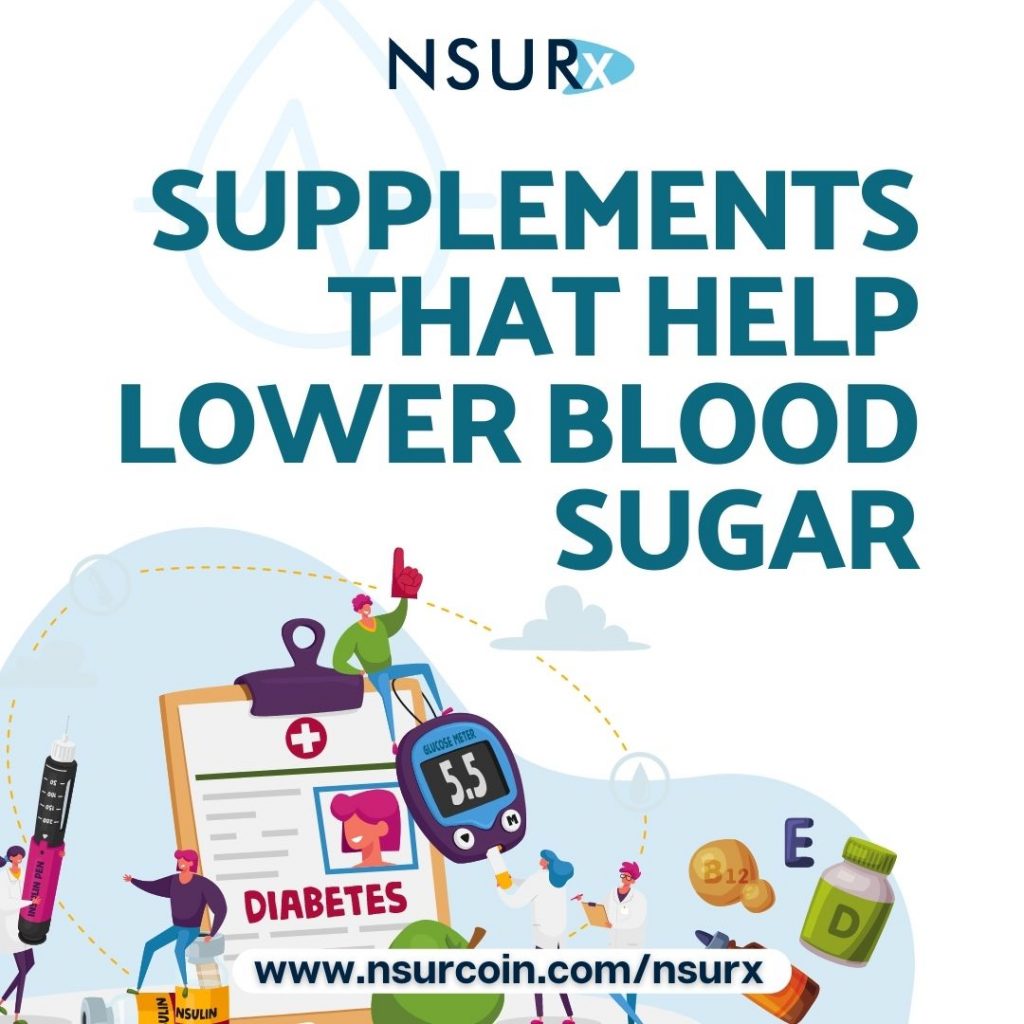
The healthcare industry is an essential part of our society. To provide the highest quality and most optimal medical care to patients, healthcare organizations have been fighting the pandemic on multiple fronts. The healthcare sector, however, has always been a prime target for cyberattacks. Rapid adoption of digital technologies has made healthcare more susceptible to cyberattacks. The organization can be attacked by several sources, both internal and external. Cybercriminals are trying to steal sensitive data like EMRs, patients’ data, financial information, and so on. Healthcare organizations must navigate the complex and challenging world of cybersecurity to ensure the security of their systems and data. Knowledge and awareness of potential threats are key to optimizing healthcare cybersecurity efforts. Throughout this blog, we will review the top ten healthcare cybersecurity challenges that you should be aware of.
- Protecting Sensitive Data
Protecting sensitive data is one of the primary challenges in healthcare cybersecurity. Electronic health records, personal data, and financial information are valuable targets for cybercriminals which they can easily get through phishing. Phishing is a type of cyberattack where cybercriminals trick people into revealing their passwords and other personal information. People may receive emails or messages that look legitimate but are fake, they may contain links to fake websites that ask for personal information or download malware onto your device. As a result, if a user clicks on the link or downloads the malware, the hackers can effortlessly access and use the sensitive information. So, users and healthcare organizations must implement robust security measures to safeguard sensitive information, such as encryption, multi-factor authentication, and strict access controls. In this case, blockchain can play an important role in data security because it is a method of recording data that ensures that it can’t be easily modified, hacked, or manipulated.
- Compliance with Regulations
Healthcare organizations and healthcare software providers must comply with numerous data privacy and security regulations, including the Health Insurance Portability and Accountability Act (HIPAA) and the General Data Protection Regulation (GDPR). Compliance can be difficult, especially for smaller institutions that may lack dedicated compliance teams.
- Data Breaches
Data breaches are one of the biggest challenges for the healthcare sector. HIPAA is a federal regulation that obligates healthcare providers to safeguard sensitive patient data that is stored electronically. Unfortunately, many data breaches occur when providers fail to comply with these regulations. The proper management of devices and the encryption of sensitive data are essential. However, not all providers strictly adhere to these guidelines, making it easier for attackers to gain access to patient data. To protect their patients’ information, healthcare providers must prioritize data security. Data breaches in the healthcare industry in 2022 are projected to cost an average of $10.1 million, a 9.4% increase over 2021, according to a Ponemon Institute and IBM security study.
- Ransomware and Malware Attacks
Ransomware is one of the dangerous challenges faced by the healthcare industry. Ransomware is a type of malware in which cyberhackers encrypt a victim’s computer data. The hackers may also demand payment to decrypt it and restore access. This type of attack is especially hazardous to hospitals and big institutions as cybercriminals frequently corrupt hospital systems with malware, rendering patient data inaccessible until the ransom is paid. To execute these attacks, cybercriminals often use trojan viruses or phishing emails. Trojan viruses can infect the computer, and users can unknowingly initiate phishing attacks by clicking on a link to download a malicious attachment. The number of ransomware attacks rose by 151% from 2020 to 304.7 million in the first half of 2021 around the world.
- Insider Threats and Third-Party Risks
Among the most common cybersecurity issues in healthcare are insider threats and third-party risk. A lot of sensitive data is compromised intentionally or unintentionally by unhappy employees, contractors, and other insiders. They can steal sensitive data or disrupt the network. To mitigate this risk, healthcare providers must implement stringent access controls, check them regularly, and initiate employee training programs. These attacks are known as insider threats and have increased over the past couple of years.
Another concern is third-party contractors, such as billing services and IT providers, are often working with hospitals and other organizations. These contractors can easily be targeted for cyberattacks since they may have access to the network or sensitive data. Healthcare organizations must thoroughly verify these vendors and ensure sufficient safety precautions have been taken.
- Distributed Denial-of-Service (DDoS) Attack
Distributed Denial-of-Service (DDoS) attacks try to overflow a website or a network with internet traffic to interrupt performance and availability. Bots serve to allow cyberhackers to send an uncontrollable number of requests to the server to crash it. Destructive cyberattacks, ransomware, and DDoS attacks are frequently combined by hackers. A healthcare site can also be taken down for a long time by an attacker. In such a case, traumatic events result from the fact that healthcare providers cannot afford to be unavailable for an extended period.
- Cloud-Based Threats
Using cloud storage has become very popular in the healthcare industry too. As more healthcare organizations shift to cloud storage to store and secure their data, cloud threats are emerging as one of the challenges they face. A variety of methods are used by cybercriminals to gain access to healthcare organizations’ cloud services, including forced logging in and phishing attacks. A healthcare organization can get a hold of these cyberattacks if they comply with HIPAA rules and regulations.
- Medical Devices and Equipment Security
The healthcare industry has embraced digital technology in a variety of ways. Medical equipment and devices are linked to networks. Healthcare professionals are using cutting-edge medical devices to treat and communicate with their patients. As these medical devices and equipment are frequently used, secure access to them must be ensured. Not all healthcare organizations pay attention to or prioritize this aspect. This allows cybercriminals to gain access, control, and carry out hacking by exploiting flaws in medical devices and equipment. As a result, healthcare organizations must ensure the security of these devices by implementing strong security measures as well as collaborating with device manufacturers to improve security at the origin.
- Managing Legacy Systems
Many healthcare organizations are hesitant to replace legacy systems with modern ones, increasing the risk of cyberattacks. Legacy or traditional systems like obsolete operating systems, workstations, and medical equipment, likely contain security flaws that hackers can easily exploit as they are not protected against modern malware and viruses. As these systems may be difficult to upgrade or expensive, organizations have limited options for improving their cybersecurity. Healthcare organizations must find a way to balance maintaining these systems with safeguarding their data and networks.
- Constraints of Budget
Globally healthcare services pose two major challenges that are inadequate funding and staffing. Implementation and training of security awareness programs, as well as technological advancements, require substantial monetary resources. Considering the scarcity of resources, healthcare providers must make critical decisions about how to allocate their funds. They must choose between investing in specialized IT security personnel, supplies and personnel, training, software, critical technologies, and other resources. This is a big challenge for healthcare providers.
Conclusion
The healthcare industry is facing several cybersecurity challenges, including protecting sensitive data, data breaches, malware, and ransomware attacks, insider threats, budget constraint, legacy systems, and dealing with security awareness and training issues. Cybercriminals are targeting them, making it difficult for healthcare organizations to maintain control. Healthcare providers must gain a better understanding of this serious cybersecurity situation and plan accordingly. However, by implementing a strong security action plan and layout, healthcare organizations can drastically reduce their insecurity in cyberattacks as well as the expenses of cybersecurity. Despite the challenge, if the industry is willing to commit to the long-term goal, the industry will reap high rewards in the future.











